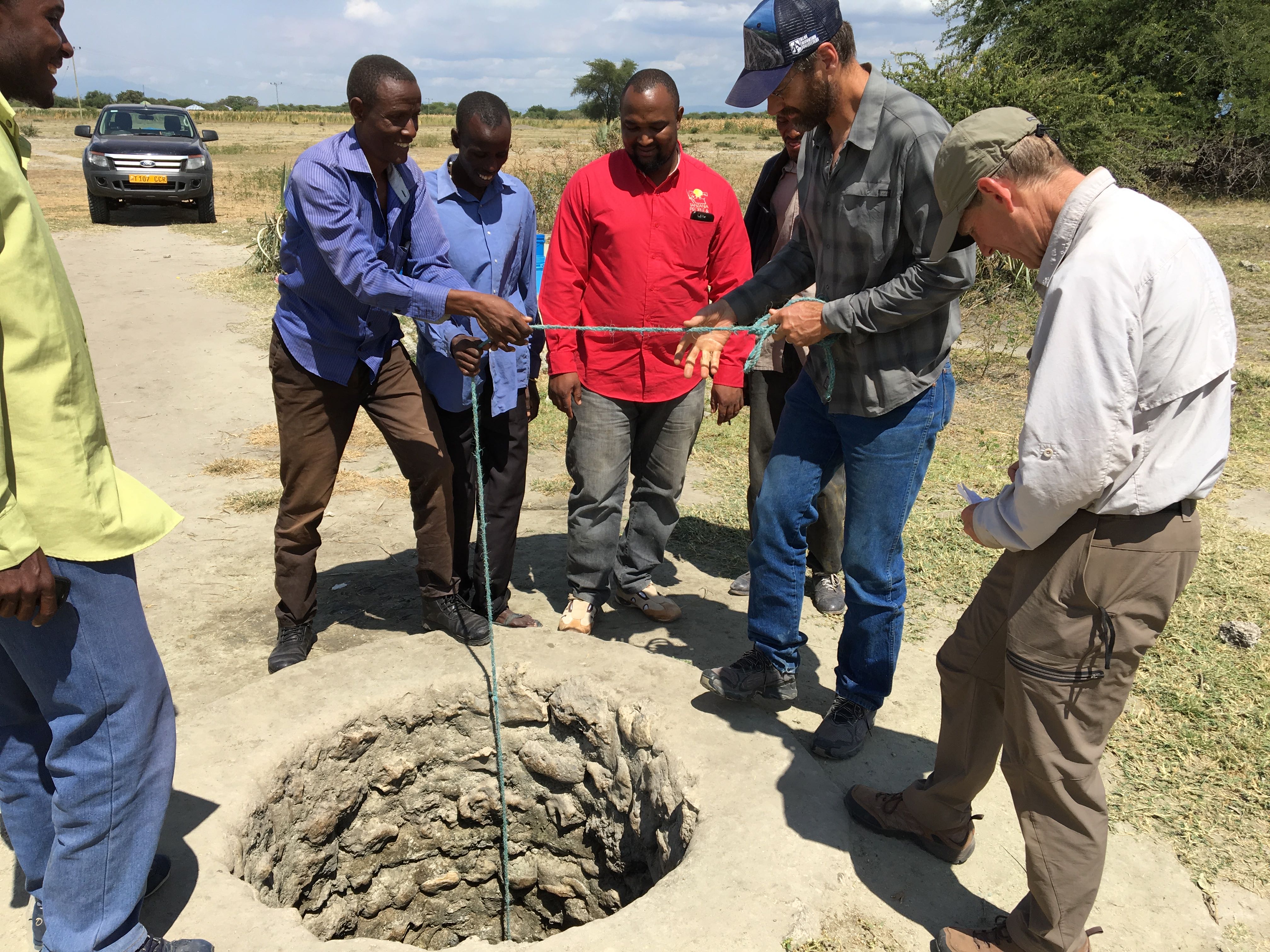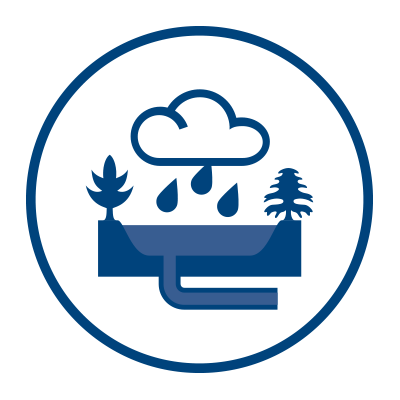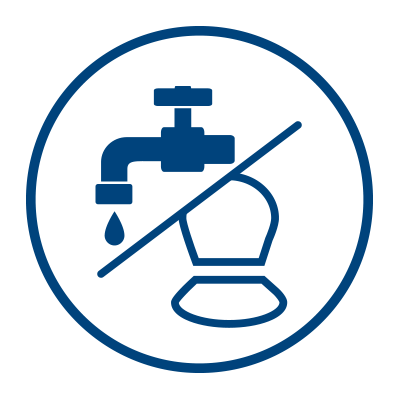Tanzania Balances Competing Demands for Scarce Water Resources

The Story
The Tanzanian community of Loibor Siret is a village of approximately 5,000 people (predominantly ethnic Maasai) and 15,000 head of livestock --- a number that rises and falls with the seasons. Here, the U.S. Forest Service (USFS) works alongside Tanzania People & Wildlife (TPW) and community representatives to improve water management in this semi-arid landscape. Since June 2017, USFS hydrologists and rangeland specialists have worked in the field to “characterize the system,” or in other words, to get a better understanding of the hydrologic regime within a landscape defined by increasingly unreliable precipitation, reduced streamflow, and burgeoning populations of people and livestock. The overarching objective of USFS’ technical cooperation with TPW is to ensure the sustained provision of water for the people, livestock, and wildlife of Loibor Siret through improved long-term management of land and water resources.
To this end, the USFS has installed monitoring equipment, including a weather station and a number of gauges to measure streamflow, rain, evapotranspiration, bacteria levels, and pressure changes in the village’s many wells and boreholes. USFS has also trained TPW colleagues in the gauges’ use and upkeep. The hope is that these instruments will provide a view into the larger pattern of the local aquifer across space and time, helping the USFS, TPW, and Loibor Siret determine if the aquifer is stable or losing volume. These monitoring efforts are complemented by direct engagement with herders and community leaders to improve both grazing practices and the ecological condition of the grasslands and woodlands that define the landscape.
Find More
Strategic Objective(S)
 Water Resources Management
Water Resources Management
 Governance and Financing
Governance and Financing
 Access to Safe Drinking Water and Sanitation
Access to Safe Drinking Water and Sanitation



Highlight